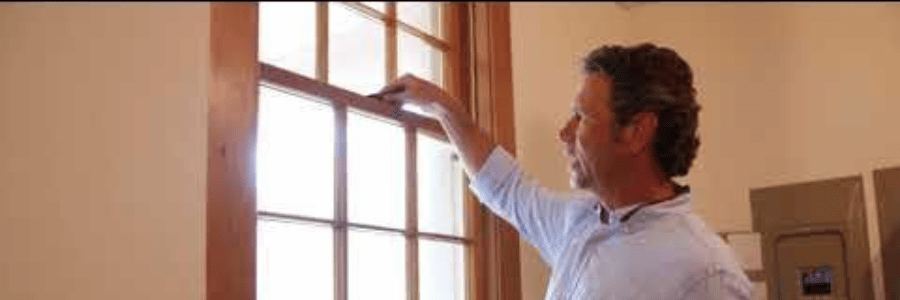Historic homes are treasured for their unique architecture, intricate details, and the stories they tell about the past. However, maintaining the charm and character of a historic home while ensuring it meets modern standards of comfort and energy efficiency can be challenging. One key aspect of this balance is choosing the right windows. Here’s how you can blend modern efficiency with classic charm when updating windows in your historic home.
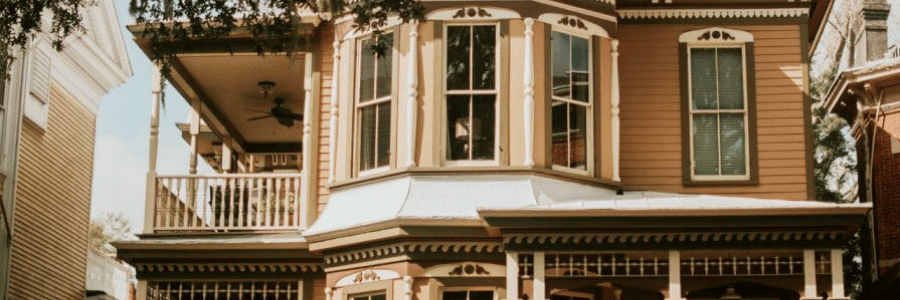
The Importance of Preserving Historic Windows
Historic windows are often defining features of older homes, contributing to their aesthetic appeal and historical significance. Preserving these windows, when possible, maintains the home’s authenticity and can even enhance its value. Original windows are typically crafted from durable materials like old-growth wood, which can last for centuries with proper care. These windows also often feature unique details such as wavy glass, decorative muntins, and handcrafted joinery, all of which add to the historical character of the home. Preservation not only honors the past but can also be more cost-effective and environmentally friendly than full replacement.
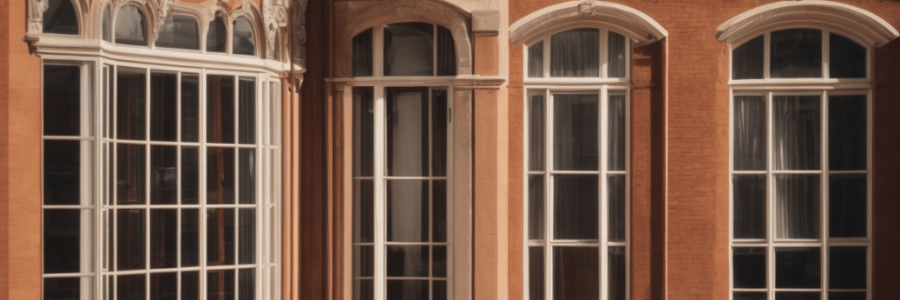
Assessing the Condition of Existing Windows
Before deciding on replacements, assess the condition of your existing windows. Many historic windows are made from high-quality materials like old-growth wood, which can be restored rather than replaced. Restoration can involve several steps:
- Weatherstripping: Adding weatherstripping to reduce drafts and improve insulation. This is a simple and cost-effective method to enhance energy efficiency without altering the window’s appearance.
- Re-glazing: Repairing or replacing the glazing putty around the panes to secure the glass and improve insulation. Over time, putty can crack and deteriorate, leading to drafts and moisture infiltration.
- Repairing Frames: Addressing any rot or damage to the wooden frames. This may involve patching small areas of rot with epoxy or replacing damaged sections with wood that matches the original.
- Sash Cord Replacement: Replacing broken or worn sash cords to ensure smooth operation of double-hung windows. This helps in maintaining both functionality and historical accuracy.
When Replacement is Necessary
In some cases, window replacement may be necessary due to severe deterioration, lead paint hazards, or the need for significantly improved energy efficiency. When replacing historic windows, it is crucial to choose replacements that replicate the original design as closely as possible. Here are some considerations:
- Custom Wood Windows: Custom wood windows can be crafted to match the original profiles and details, providing modern energy efficiency while preserving the home’s historic character. These can include features like true divided lights and period-appropriate hardware.
- Aluminum-Clad Wood Windows: These offer the look of traditional wood windows with the added benefit of low maintenance exteriors. The aluminum cladding protects the wood from the elements, reducing the need for frequent painting and repairs.
- Historic Replica Windows: Many manufacturers offer lines of windows specifically designed for historic homes. These windows meet modern energy codes while replicating the appearance of older styles, including options for custom muntin patterns and sash configurations.
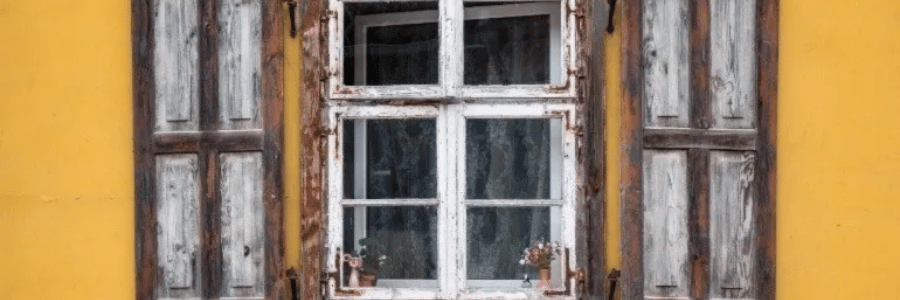
Enhancing Energy Efficiency
Whether restoring or replacing windows, enhancing energy efficiency is a priority for many homeowners. Here are some strategies to consider:
- Double or Triple Glazing: Modern windows often feature double or triple glazing, which significantly improves thermal performance compared to single-pane windows. These multi-pane windows have an insulating layer of gas between the panes, reducing heat transfer.
- Low-E Glass: Low-emissivity (Low-E) glass has a special coating that reflects infrared light, keeping heat inside in the winter and outside in the summer. This helps maintain a comfortable indoor temperature year-round and reduces energy bills.
- Storm Windows: Adding interior or exterior storm windows can provide an extra layer of insulation while protecting the original windows. Storm windows are less invasive than full replacements and can be a temporary or seasonal solution.
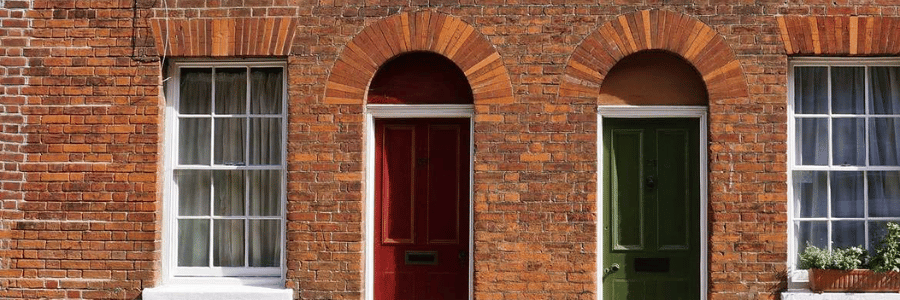
Maintaining Aesthetic Integrity
To ensure that new or restored windows blend seamlessly with the historic aesthetic of your home, pay attention to details such as:
- Muntins and Mullions: These are the strips of wood or metal that divide the panes of glass. Matching the pattern and profile of the original muntins and mullions helps preserve the window’s historic look.
- Sash Design: The sash, or the movable part of the window, should match the style and operation of the original. For example, if your home originally had double-hung windows, consider replacing them with similar double-hung units.
- Hardware: Use period-appropriate hardware, such as sash lifts, locks, and pulleys. Many manufacturers offer reproduction hardware that matches the design and finish of original pieces.
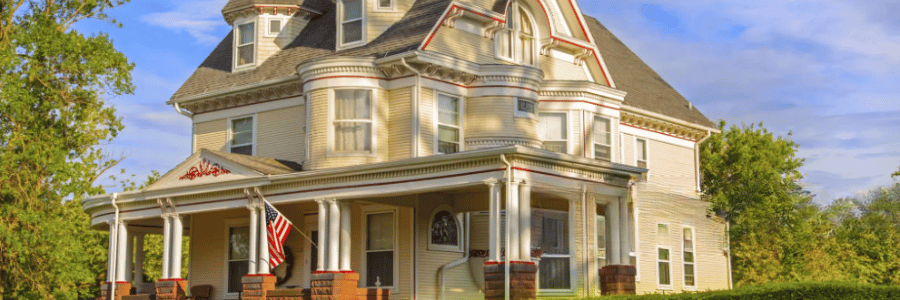
Conclusion
Balancing modern efficiency with classic charm in historic homes is entirely possible with careful planning and attention to detail. Whether you choose to restore original windows or opt for historically accurate replacements, the result will be a beautiful blend of past and present. By preserving the architectural integrity of your home while improving its comfort and energy efficiency, you can enjoy the best of both worlds.

